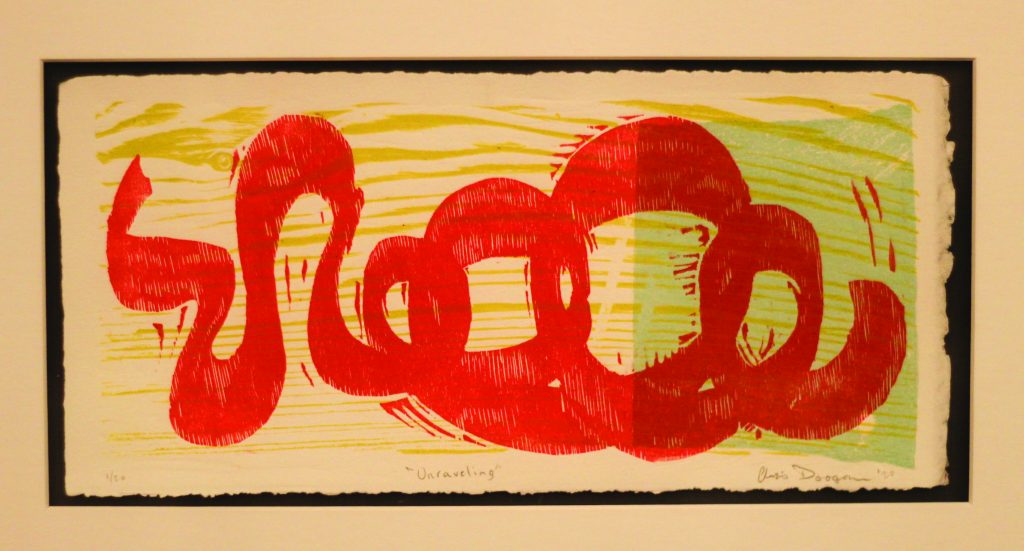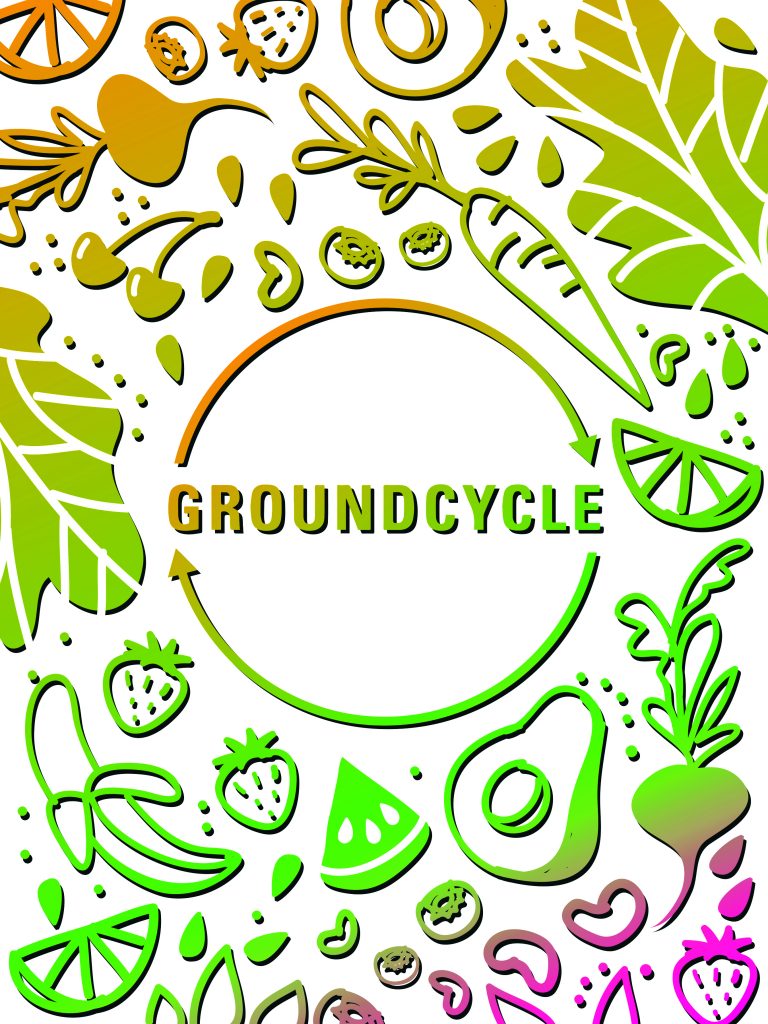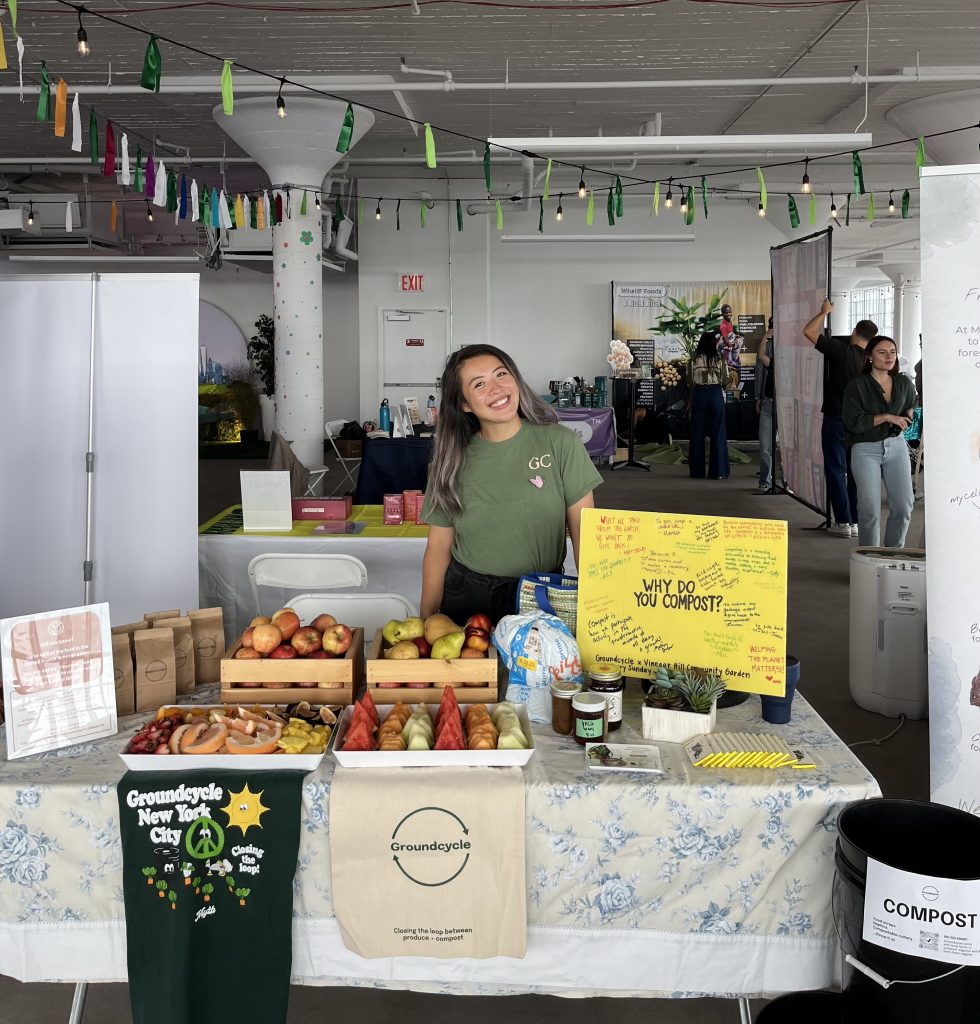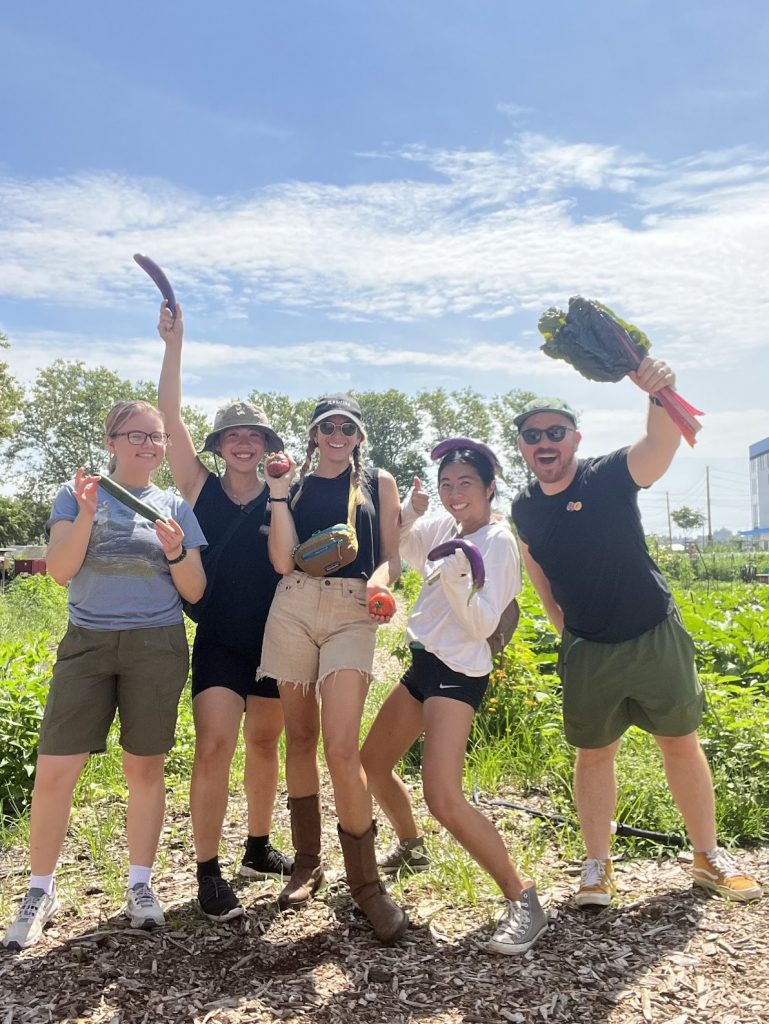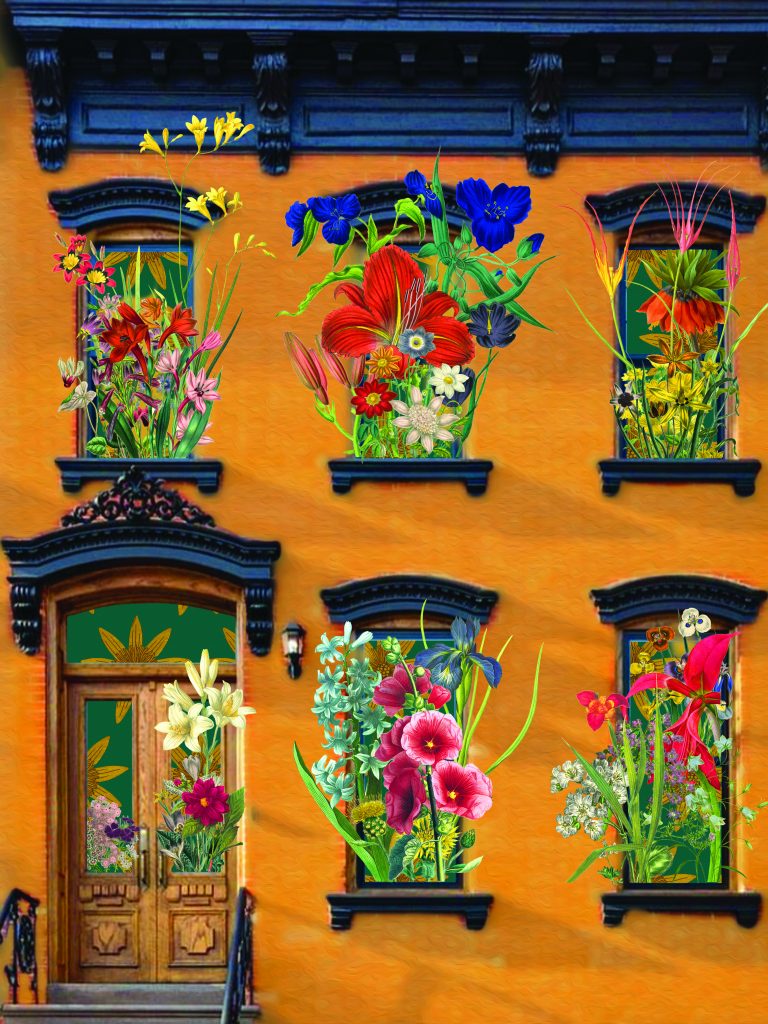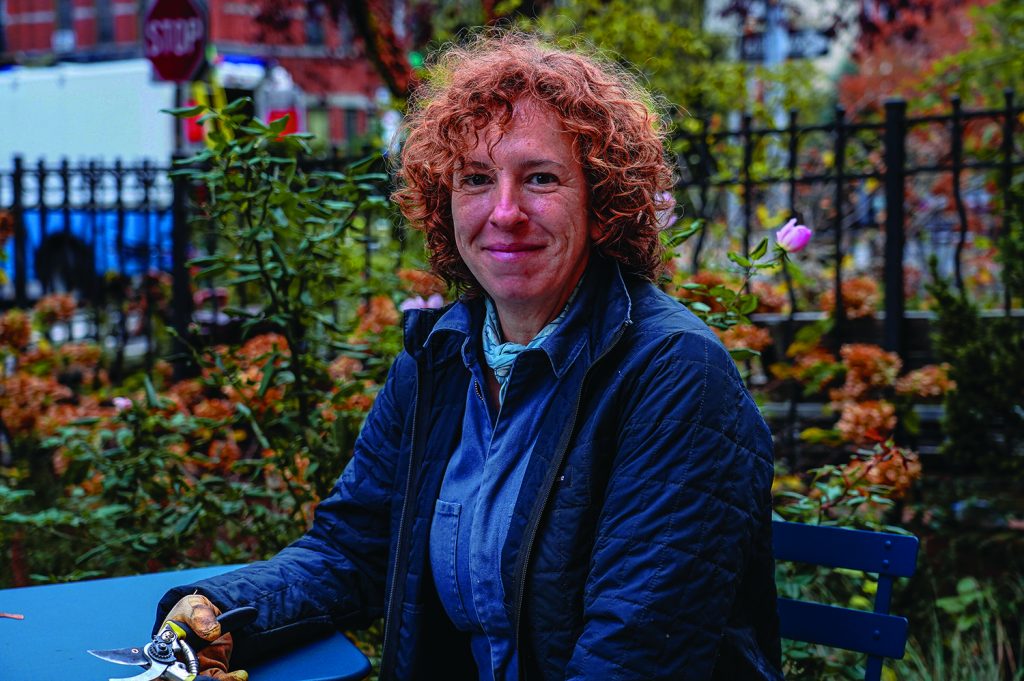A Century of Immigration Stories
While the quickest way from one point to another is a straight line, the connection is nevertheless meaningful, even if it contains a few twists and turns. One of our society’s most historically powerful tools of connection is the structure of the bridge, facilitating the cross over chasms of division between locations, people, and cultures. When bridges extend between cultures, I believe everyone’s life can be enriched by learning from others who are different from them.
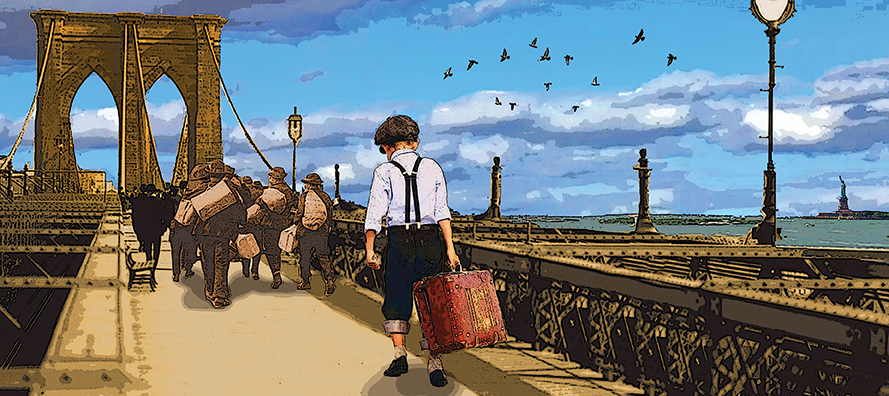
Cycles of Storied Oppression and Connection
Immigration Series Part 1
Our neighborhood, in particular, is a beautiful pocket of NYC with cultural bridges crossing between streets, restaurants, and businesses all over Park Slope due to its rich immigration history. Consider this the first installment in a series to explore the history of immigration in NYC through a wide-angle lens, with a zoom into, Park Slope, and how cycles of immigration laws have looped back to oppressive patterns.
Looking back, we know that in the mid-1890s, a small community of Syrian-Americans and Lebanese-Americans were settling on and around Atlantic Avenue and opened stores, churches, and shops. Once a new subway line, the current-day R train, was established, it served as a bridge between Manhattan and Brooklyn Heights thus accelerating the growth of Brooklyn’s Arab-American community.
My great-grandfather was among those Syrian immigrants, as he arrived at Ellis Island on the S.S. La Lorraine in 1920 at the ripe age of 16. His father told him to travel to America because it was the “land of opportunity.” He clung to his father’s advice, leaving his familiar life behind, and traveled with others from the city of Al-Nabek who had similar dreams of exploring new opportunities in America.
On the day he arrived to New York, his name, “William Katbe” and other personal information was typed out into small boxes on the “Arriving Passenger and Crew Lists” sheet on Ellis Island. Although a seemingly confined space, those small boxes indeed actually symbolized freedom and liberation for so many people.
William’s final destination was Jacksonville, Florida, where he opened a grocery store surrounded by a community of Syrian friends and family, but his story of immigration and arrival to NYC wildly changed the course of his life, and all of his descendants, including mine.
Nearly exactly 100 years later, I followed my great-grandfather’s footsteps and arrived to New York City, albeit by plane rather than boat. Three generations of challenges and triumphs ensued to bestow me with the opportunity to move to Park Slope.
Countless other families have similar stories of immigrating to NYC. In 1910, 75% of NYC’s population were immigrants or first generation Americans. Soon thereafter, the first widely restrictive immigration law was enacted in 1917 which implemented a literacy test to demonstrate basic reading comprehension. A few years later, the Johnson-Reed Act, otherwise known as the “Immigration Act of 1924” limited the number of immigrants allowed entry into the United States through a national origins quota and also excluded immigrants from Asia entirely.
The repetitiveness of history can often be a cruel reality. 100 years after the Immigration Act of 1924, the current administration is now imposing oppressive immigration laws once again. On Trump’s first day in office, he issued the “Protecting the American People Against Invasion” executive order which included a slew of directives. One of which is to end birthright citizenship for children of undocumented immigrants and for people with temporary status, which undercuts over 125 years of precedent of unrestricted birthplace-based citizenship.
The order states a child must have at least one parent with United States citizenship or a green card in order to be born a United States citizen. The day the executive order was released, U.S. District Judge John Coughenour became the first to block it, with other lawsuits quickly following suit.
The ramifications of this executive order would mean future generations of children would be denied the right to vote, the ability to hold certain jobs, and access basic healthcare, all even though they were born in the United States.
While the quickest way from one point to another is a straight line, the connection is nevertheless meaningful, even if it contains a few twists and turns. One of our society’s most historically powerful tools of connection is the structure of the bridge, facilitating the cross over chasms of division between locations, people, and cultures. When bridges extend between cultures, I believe everyone’s life can be enriched by learning from others who are different from them. In 2011, nearly 40% of people living in Brooklyn were foreign-born. In the Park Slope-Gowanus area specifically, 12,255 people were foreign born out of
the total of 72,311. Thus 16.9% of the our residents in our neighborhood were foreign born roughly years ago.
In the next installment of this series, we’ll highlight a few small businesses and organizations run by our immigrant community members because our neighborhood would not be the thriving community it is today without all of the cultural bridges that have been built over the span of decades. In times like these, it’s valid to feel enraged, frustrated, or hopeless at the policies that are stripping people of their rights. However, unity is a powerful force and I believe that we are truly stronger together.
Simultaneously, Park Slope is full of organizations that are dedicated to supporting our community. If you are interested in joining these efforts, and have the capacity and resources to do so, please consider volunteering or donating to the following organizations.
CHiPS, a food pantry and soup kitchen, located at 200 4th Avenue, is always seeking spanish-speaking volunteers. If you’re interested in volunteering, you can contact Melissa Newkirk at volunteer@chipsonline.org. They also accept shelf-stable food items such as instant ramen noodles, tortillas, cereals, peanut butter, and jelly between 9 a.m. – 2 p.m. from Monday through Saturday.
Gowanus Mutual Aid defines mutual aid as a group whose members strive to create solidarity among community members by supporting each other’s needs. They believe in solidarity, not charity and all activities are member run and free to access. They are always looking for seasonal and essential items such as clothing, toiletries, and strollers. Contact gowanusmutualaid@gmail.com to work with neighbors including food distribution opportunities and language support.
Mixteca’s seeks to “enrich, equip, and empower the Latinx community in Brooklyn and beyond” by providing access to services that allow people to reach sustainable social and economic development. Located at 245 23rd Street, the Mixteca team offers programs to assist the specific needs of immigrant families and asylum seekers. If you’re interested in volunteering or donating to support their work, contact info@mixteca.org.
For the second installment, we’ll be exploring stories of resilience and joy from our neighbors. In my humble opinion, we are only able to alienate another person when we do not understand them, and we cannot understand someone unless we give them the space and agency to share their story. Only then can we step outside our limited lived experience and walk across a bridge to someone else’s lived experience, resulting in a more connected and compassionate community for all.


